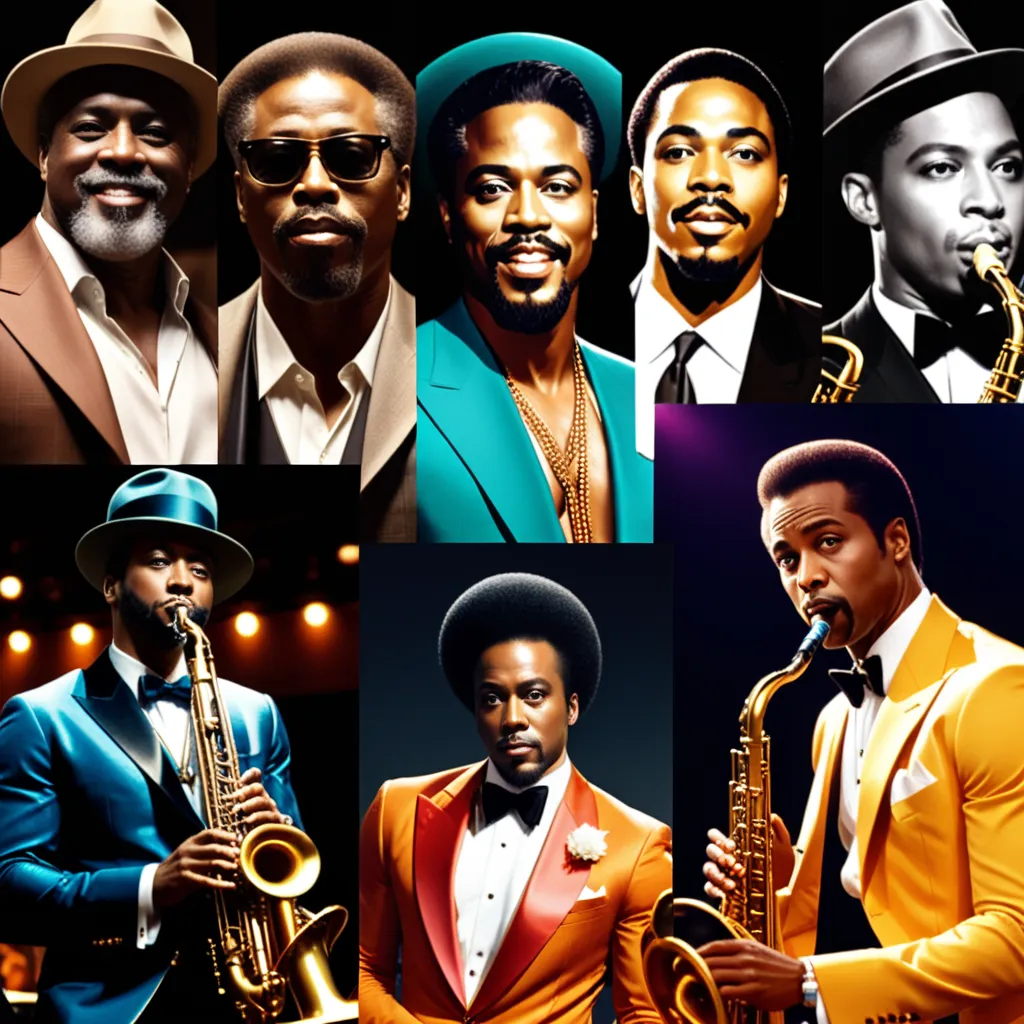The Evolution of Jazz: From New Orleans to Modern Day
As I immerse myself in the rich and soulful sounds of jazz, I can't help but marvel at its journey from the lively streets of New Orleans to the diverse and innovative landscape of modern jazz. Let's embark on a musical odyssey through the evolution of jazz, exploring the genres, influential figures, and transformative moments that have shaped this quintessentially American art form.

The Birthplace: New Orleans Jazz
The Melting Pot of Cultures
New Orleans, a city pulsating with a unique cultural blend, served as the cradle for jazz in the late 19th and early 20th centuries. Walking through the French Quarter, I could almost hear the echoes of brass bands, gospel choirs, and the syncopated rhythms of ragtime converging to create something entirely new. Jazz emerged as a musical expression that transcended racial and cultural boundaries.
The Improvisational Spirit
One of the defining features of early jazz was its improvisational nature. Musicians engaged in spontaneous dialogues, taking turns embellishing melodies and exploring new harmonic territories. I learned that this improvisational spirit laid the foundation for the freedom and experimentation that would become synonymous with jazz.
The Swing Era: Big Bands and Dance Halls
The Big Band Sound
As jazz made its way beyond New Orleans, the swing era emerged in the 1930s and 1940s, bringing the infectious rhythms of big bands to the forefront. The iconic sounds of Duke Ellington, Count Basie, and Benny Goodman filled ballrooms and dance halls. The synergy between brass and rhythm sections created a dynamic and lively atmosphere that resonated with audiences nationwide.
Dance and Social Connection
Swing music wasn't just about the music—it was a cultural phenomenon that inspired a dance craze. I discovered that swing dancing became a social activity, bringing people together on dance floors across the country. The swing era not only showcased the technical prowess of musicians but also emphasized the role of jazz in fostering social connections.
Bebop and the Birth of Modern Jazz
A Rebellion Against Convention
In the mid-1940s, bebop emerged as a rebellion against the predictable structures of swing. I was fascinated by the virtuosity of bebop pioneers like Charlie Parker and Dizzy Gillespie, who pushed the boundaries of harmony and tempo. Bebop marked a shift from dance-centric music to a more intellectually challenging and intricate form of jazz.
Small Groups and Soloists
Unlike the big bands of the swing era, bebop thrived in small group settings. Musicians engaged in complex improvisations, with soloists taking center stage. This intimate setting allowed for a deeper exploration of individual expression. Bebop's emphasis on instrumental prowess laid the groundwork for the elevation of the jazz soloist.
Cool Jazz and Modal Jazz: A Quest for Subtlety
Cool Jazz's Laid-Back Aesthetic
In the 1950s, cool jazz emerged as a contrast to the frenetic energy of bebop. Artists like Miles Davis and Chet Baker embraced a laid-back, introspective aesthetic. The cool jazz movement showcased a departure from the virtuosic displays of bebop, favoring subtlety, restraint, and a focus on mood.
Modal Jazz's Harmonic Exploration
Modal jazz, popularized by Miles Davis' groundbreaking album "Kind of Blue," further expanded the harmonic possibilities of jazz. I discovered that, unlike the chord progressions of traditional jazz, modal jazz allowed for extended improvisation over a single musical mode. This harmonic exploration paved the way for a more open and atmospheric sound.
Fusion and Beyond: Jazz in the Modern Era
Jazz Meets Rock and Funk
The late 1960s and 1970s witnessed the rise of fusion, a genre that blended jazz with elements of rock and funk. Artists like Herbie Hancock and Miles Davis embraced electric instruments and incorporated genres beyond the jazz spectrum. Fusion marked a departure from traditional jazz norms, embracing experimentation and crossing genre boundaries.
Diversity and Global Influence
Exploring the modern jazz landscape, I encountered a diverse tapestry of styles and influences. From Latin jazz to avant-garde and free jazz, the genre continued to evolve. Jazz became a global language, with musicians from different cultures contributing to its ever-expanding vocabulary.
Conclusion: The Endless Tapestry of Jazz
As I reflect on the evolution of jazz, it becomes evident that its journey is a continuous exploration of creativity and innovation. From the vibrant streets of New Orleans to the eclectic and boundary-pushing sounds of modern jazz, the genre has embraced change while preserving its improvisational essence. Jazz remains a testament to the transformative power of music, weaving an endless tapestry that reflects the cultural, social, and artistic currents of its time.<







